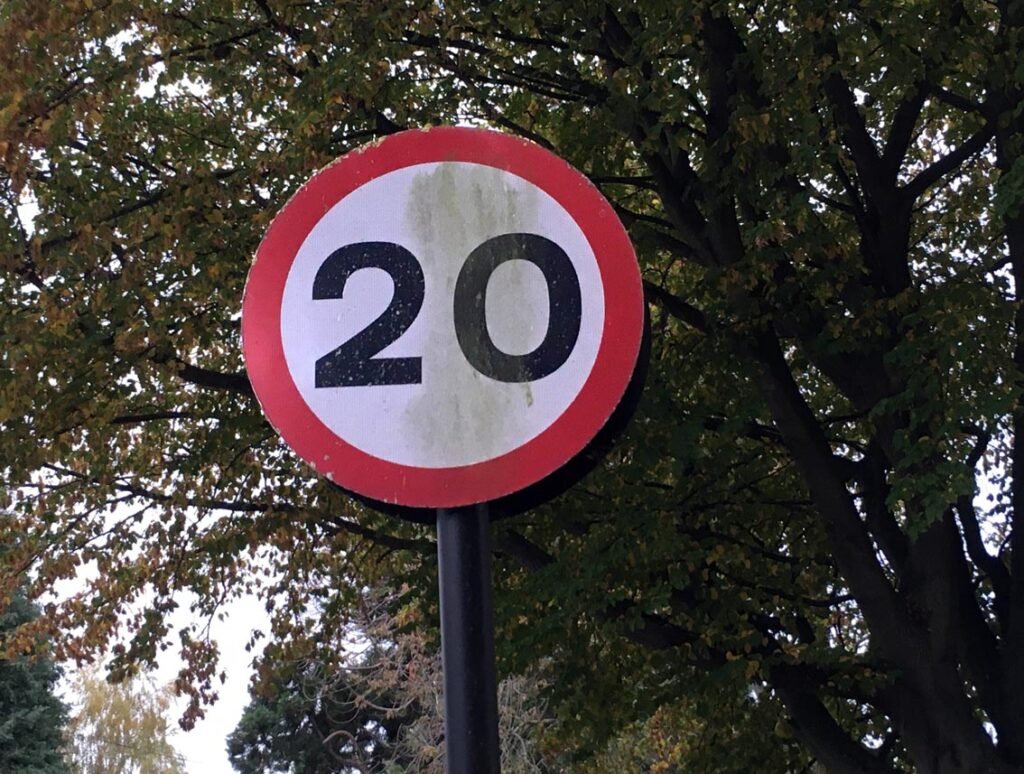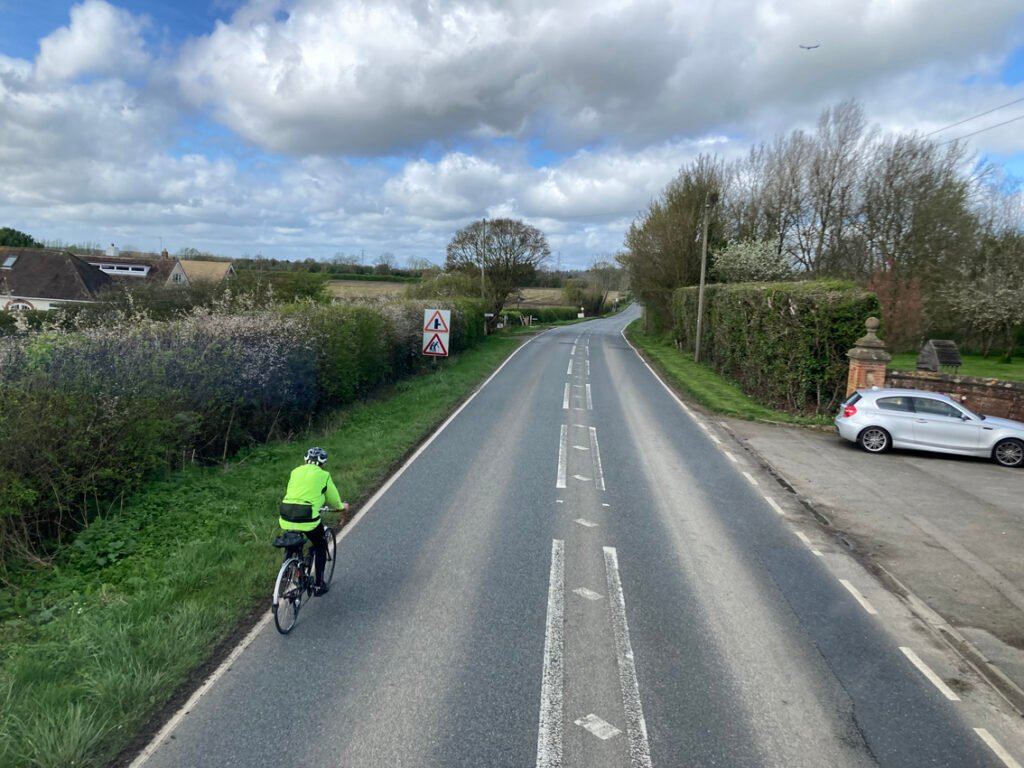Why I care about cycling

By Ian Loader
Ian is our new Chair, with effect from the November AGM
I feel honoured and privileged to be chosen as the new Chair of Cyclox. I am also a little daunted. Alison Hill has led the organisation with commitment, tenacity and skill for many years. She leaves the post with Cyclox in good health – and with big shoes to fill. But mainly I am excited about taking on this role. I am passionately committed to Cyclox’s values and goals and look forward to working with the trustees and our members to take them forward.
Our goals
Here’s my take on these goals and why they matter:
- Campaigning to reverse decades of car-centric planning and build infrastructure to create the conditions for safe and inclusive cycling for all. This means pushing for dedicated cycling infrastructure wherever it is possible, and for other cycling safety measures when it is not. It means supporting low-traffic neighbourhoods – or what Chris Boardman thinks we should re-name ‘child safety zones’. To this end, Cyclox will continue to work with the City and County Council, the police, employers and developers where appropriate, and pressurise them when necessary. We will also build and sustain close alliances with like-minded campaign groups in the city, county and nationally. I see cycling, pedestrians, liveable streets and low carbon groups as different parts of the same social movement.
- To continue to build support for all the measures required to make our roads safe and Vision Zero a lived reality. This includes better policing, appropriate penalties and improved road design. Other cities around the world have delivered on the ambition to radically cut serious road-traffic injuries and deaths. Oxfordshire must strive to do the same.
- Working to make 20 mph the default speed limit on all roads in Oxford. For too long an obsession with automotive speed has endangered other users of cities. There are signs that social norms around speed are changing – as they did with drunk-driving. 20 mph zones are spreading across England and Wales. Even Top Gear presenter James May has stated that 30 mph is too fast to be driving around towns and cities. 20 mph limits are vital in delivering Vision Zero. They reduce the differential between motorised traffic and pedestrians and cyclists. They are not anti-motorist (full disclosure: I also drive a car), they simply make vehicle traffic guests in, rather than occupiers of, city streets. They are a key plank in creating a city in which all forms of mobility (pedestrians, bikes, e-scooters, cars, vans, buses) can safely co-exist.

There are signs that social norms around speed are changing – as they did with drunk-driving.
Cycling and social change
The case for cycling must not be made in isolation. At a time of climate breakdown, cities across the world – including Oxford – are going to have to make rapid, deep (and, importantly, just) changes in how their inhabitants move around. Creating conditions in which more people feel able to make cycling part of their daily lives is one foundation of that transition.
The UK is facing a severe public and mental-health crisis. Health systems are struggling to cope with the demands placed upon them. Children lead ever more sedentary lives and have lost the freedom of previous generations to play, and build life skills, in public places. Cycling is key in addressing these issues.
For over 60 years, car-centric urban planning has privileged the needs of motorists over those of cyclists and pedestrians, and prioritised motorised movement over quality of life. Creating safe and inclusive conditions that enable more people to cycle regularly is vital to making cleaner, greener and more liveable urban spaces – in Oxford as elsewhere.
Cycling is part of the solution to many more social problems than you might think.
We need to create conditions in which more people feel able to make cycling part of their daily lives.

My vision
I have lived in and around Oxford for 18 years – in Bladon for ten of them, in Oxford for the last eight. I have cycled to work, and to get around, and for enjoyment, for all that time. I know the roads of the city and county well, and have experienced first-hand the issues that cyclists face. In my day job – I teach criminology at Oxford University – I research and write about everyday security, and what can be done to produce public safety – including road safety. I know that, compared to many towns and cities in Britain, Oxford is a relatively safe and friendly place to cycle. But it remains a city where lots of people cycle, rather than a ‘cycling city’ – despite what the welcome signs say when you enter Oxford.
Cyclox must be a source of committed support to those who already cycle in and around Oxford. But we must also campaign to create a city in which cycling becomes the main way in which people get around – without the need for a fancy bike, or special clothing. Our task is to make Oxford a place where anyone who wishes to can easily and safely make cycling part of their daily life, irrespective of age, class, gender, race, sexuality or ability.
That is the ambition to which I shall commit myself as Cyclox’s new Chair: setting out and campaigning for a positive vision of what Oxford as a ‘cycling city’ would look and feel like. I look forward to working with you to achieve it.
